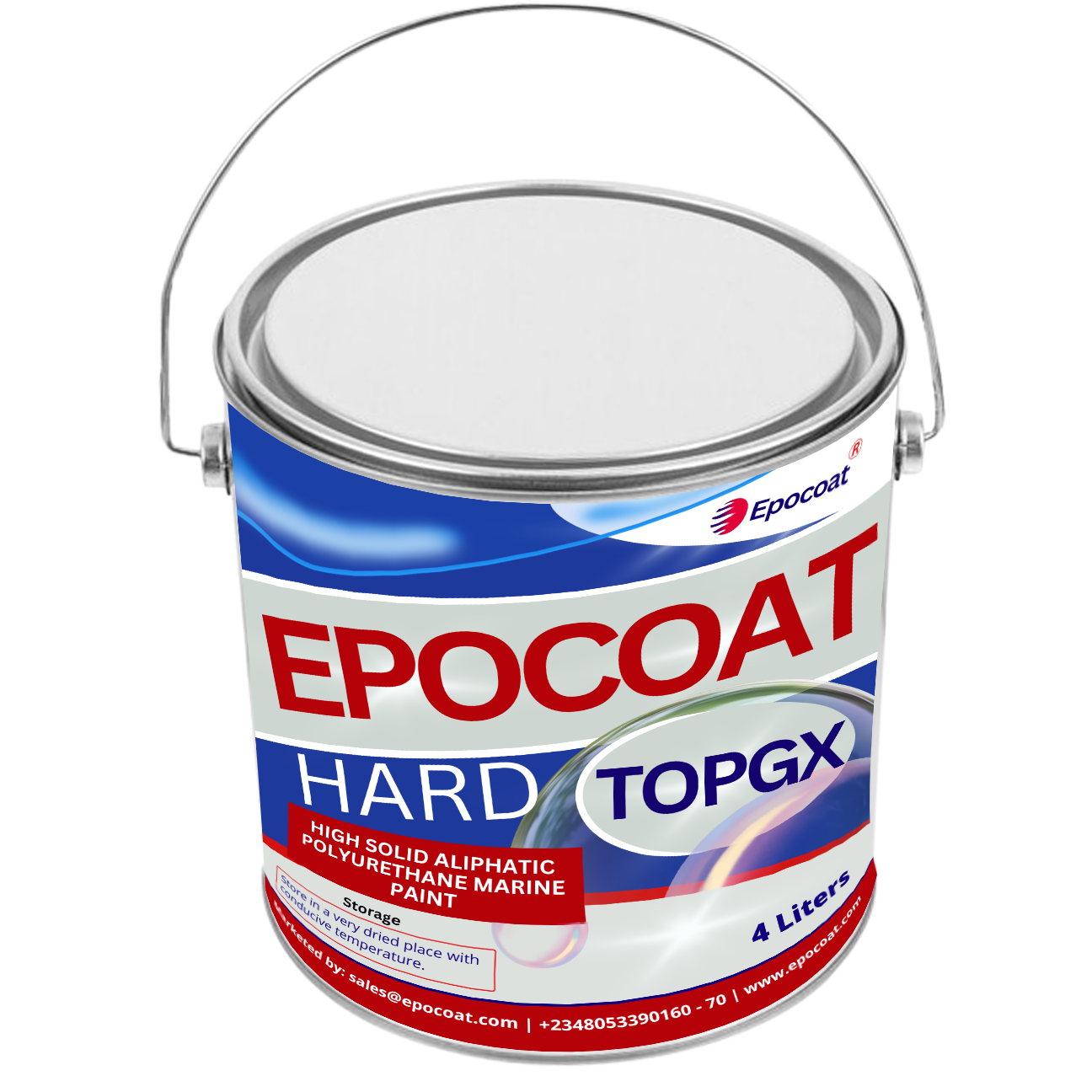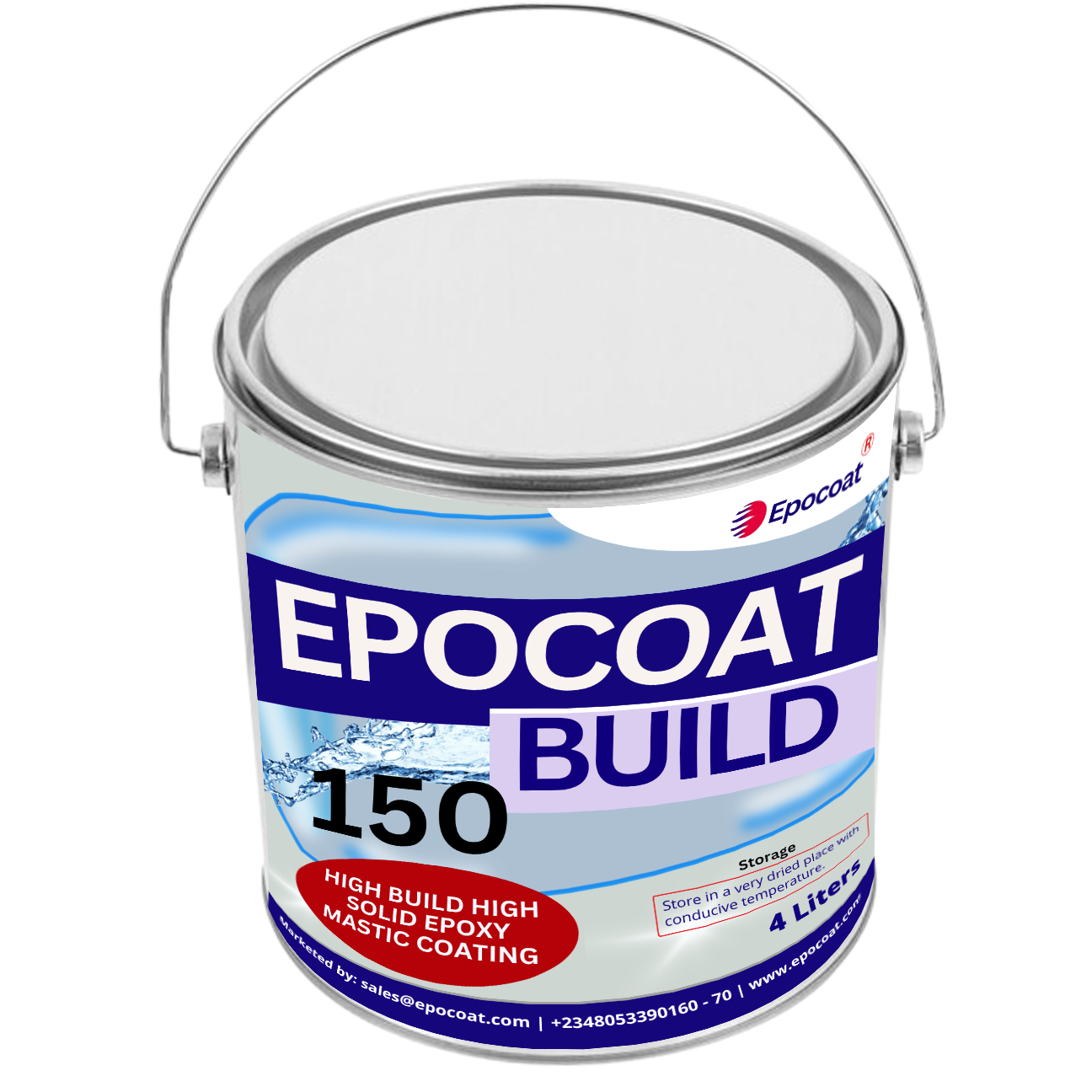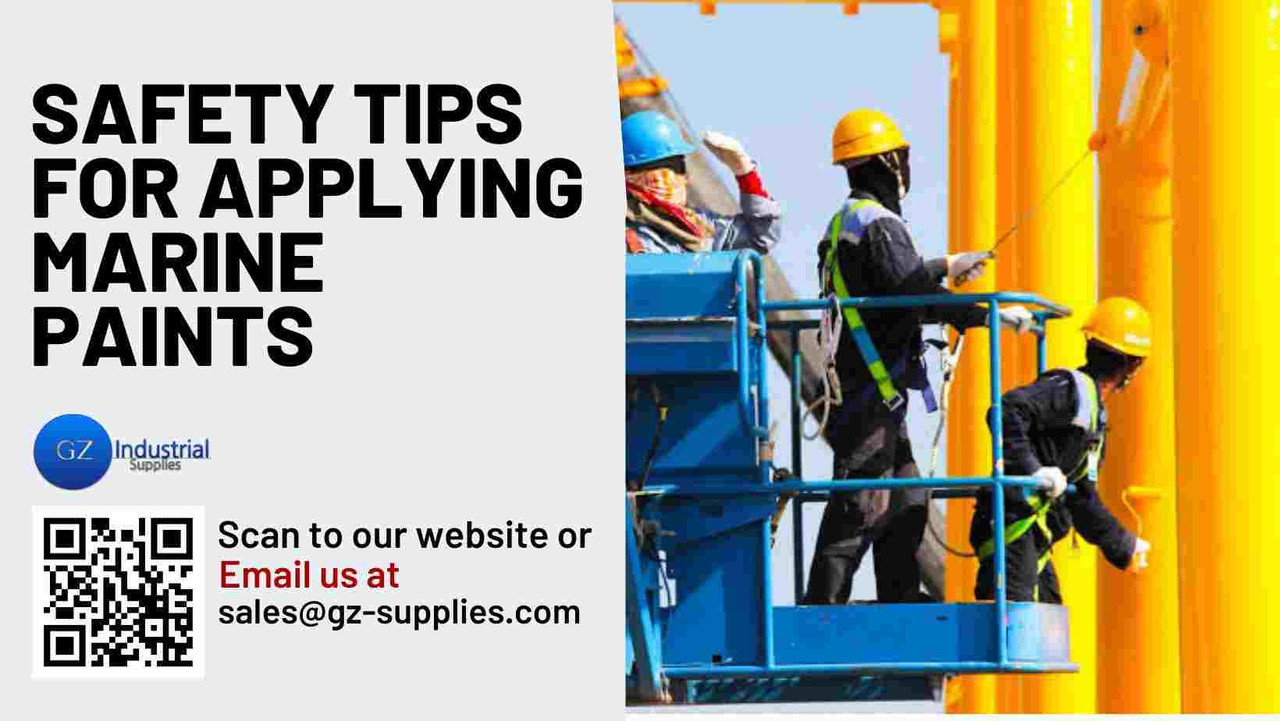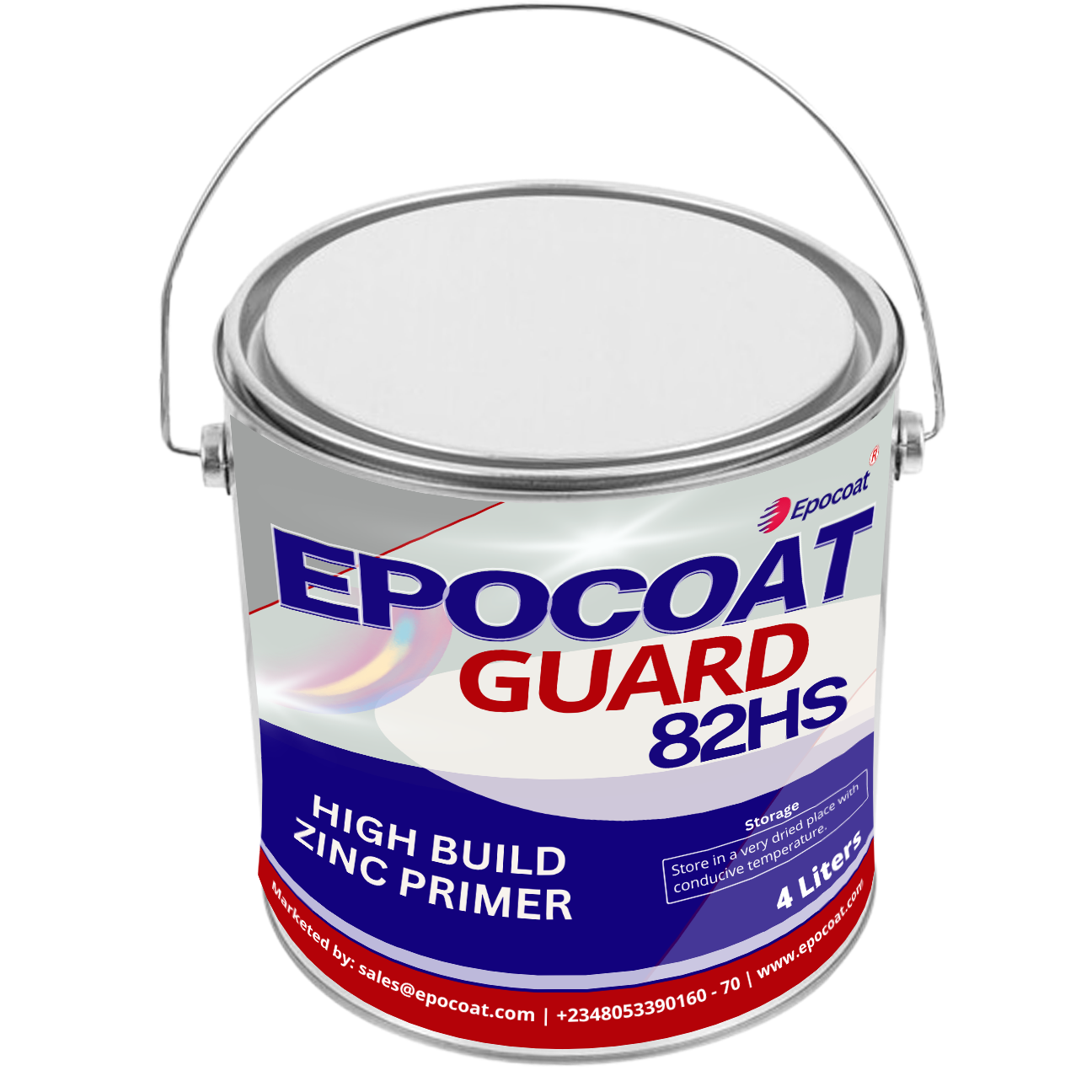Safety Tips for Applying Marine Paints
Key Takeaways
Introduction
The Importance of Safety in Applying marine paints involves handling chemicals and working in potentially hazardous environments. Ensuring safety during this process is crucial to protect yourself and others from health risks and accidents. Marine paints can emit harmful fumes, and improper handling can lead to spills or environmental contamination.
Safety is paramount when applying marine paints. These products often contain harmful chemicals that can cause respiratory problems, skin irritation, and eye damage. To protect yourself, always wear appropriate personal protective equipment, including gloves, a mask, and safety goggles. Ensure adequate ventilation in your workspace to prevent the buildup of fumes. Additionally, follow the specific safety instructions outlined on the paint product label. By prioritizing safety, you can protect your health while achieving a professional paint job.
In this article we will discuss some of the Safety Tips for Applying Marine Paints read on to learn more.
Safety Tips for Applying Marine Paints
1. Preparation for Painting
Personal Protective Equipment (PPE)
- Types of PPE Required:
- Gloves: Wear chemical-resistant gloves to protect your hands from paint and solvents.
- Masks: Use an N95 respirator or a mask with organic vapor cartridges to prevent inhalation of harmful fumes.
- Goggles: Protect your eyes from splashes and irritants.
- Protective Clothing: Use long-sleeved shirts and pants or coveralls to shield your skin from contact with paint.
- Proper Use and Maintenance of PPE:
- Ensure PPE fits correctly and is in good condition before use.
- Regularly inspect and replace PPE as needed.
- Follow manufacturer instructions for the correct use and disposal of PPE.
Workspace Preparation
- Ensuring Adequate Ventilation:
- Work in a well-ventilated area to disperse paint fumes. Open windows and use fans to improve air circulation.
- Consider using exhaust systems or ventilation equipment in enclosed spaces.
- Setting Up a Safe Painting Environment:
- Clear the area of unnecessary items and cover surfaces with drop cloths to protect from paint splatters.
- Ensure proper lighting to see and work efficiently.
Protecting Surrounding Areas from Overspray and Spills:
- Use masking tape and plastic sheeting to cover areas that should not be painted.
- Place containers and tools on drop cloths to catch spills and splashes.
2. Handling Marine Paints
Understanding Paint Safety Data Sheets (SDS)
- Importance of Reviewing SDS Before Use:
- SDS provides critical information about the paint’s chemical properties, hazards, and safe handling procedures.
- Review the SDS to understand risks such as flammability, toxicity, and required safety measures.
- Key Information to Look For:
- Hazards: Identify any health risks and necessary precautions.
- First Aid: Learn the steps to take in case of exposure or accidents.
- Storage Requirements: Follow guidelines for proper storage to prevent accidents.
Proper Storage and Handling
- Storing Paints in a Cool, Dry Place:
- Keep paint containers sealed and store them in a well-ventilated area away from direct sunlight and heat sources.
- Avoid storing paints in extreme temperatures, which can affect their quality.
- Handling and Transferring Paints Safely:
- Use appropriate tools for transferring paint and avoid spills.
- Handle paint cans carefully to prevent tipping or dropping.
3. Application Process
Safe Application Techniques
- Using Appropriate Tools and Equipment:
- Spray Equipment: Following the right steps when applying marine paints like if using spray guns, ensure they are well-maintained and adjusted properly to avoid over-spraying and excessive fumes.
- Brushes and Rollers: Clean brushes and rollers regularly to maintain effectiveness and prevent contamination of the paint.
- Avoiding Common Hazards During Application:
- Overexposure to Fumes: Limit the time spent in painted areas and take frequent breaks in fresh air.
- Preventing Skin Contact: Avoid direct contact with paint by wearing protective clothing and gloves.

Managing Paint Fumes and Dust
- Ventilation Practices:
- Use exhaust fans or ventilation systems to remove fumes from the workspace.
- Ensure continuous airflow to dilute and remove harmful chemicals from the air.
- Minimizing Dust and Debris:
- Keep the painting area clean and free from dust to avoid contamination of the paint finish.
- Use drop cloths and plastic sheeting to catch dust and debris.
Handling Paint Spills and Accidents
- Immediate Response to Spills:
- Contain the Spill: Use absorbent materials like sand or kitty litter to contain and clean up paint spills.
- Dispose Properly: Follow local regulations for disposing of paint waste and contaminated materials.
- First Aid Measures for Paint Exposure:
- Skin Contact: Rinse affected areas with water and remove contaminated clothing. Seek medical attention if irritation persists.
- Eye Contact: Rinse eyes immediately with water for at least 15 minutes and seek medical help if irritation continues.
- Inhalation: Move to an area with fresh air and seek medical attention if symptoms of respiratory distress occur.
4. Post-Application Safety
Cleaning Up and Disposal
- Cleaning Tools and Equipment:
- Use appropriate solvents or cleaning agents to remove paint from brushes, rollers, and other tools.
- Dispose of cleaning rags and solvent-soaked materials according to hazardous waste regulations.
- Disposing of Paint Waste:
- Empty Paint Cans: Dispose of empty paint cans and leftover paint according to local hazardous waste disposal guidelines.
- Paint Thinners and Solvents: Follow proper disposal methods for these chemicals to avoid environmental contamination.
Maintaining a Safe Environment
- Post-Painting Ventilation:
- Continue to ventilate the area even after painting to ensure all fumes dissipate before resuming normal activities.
- Inspecting and Securing the Workspace:
- Check for any residual hazards such as spills or leaks and address them promptly.
- Ensure all painting equipment is properly stored and secured to prevent accidents.
Final Tips for Ensuring Safety
- Stay Informed:
- Keep up-to-date with safety guidelines and regulations for marine paints.
- Regularly review material safety data sheets (MSDS) for all products used.
- Regular Maintenance:
- Maintain safety equipment and ensure it is in good working condition.
- Conduct periodic safety audits of your workspace to address potential hazards.

Frequently Asked Questions
1. What protective gear is essential when applying marine paints?
Essential protective gear includes gloves, safety goggles, a respirator or mask, and protective clothing. These help prevent skin contact, eye irritation, and inhalation of harmful fumes.
2. How can I ensure proper ventilation when painting in an enclosed space?
To ensure proper ventilation, use exhaust fans or portable ventilation systems, and open windows or doors to promote airflow. This reduces the concentration of fumes and lowers the risk of inhaling toxic substances.
3. What should I do if marine paint gets on my skin?
If marine paint comes into contact with your skin, wash the area immediately with soap and water. Avoid using solvents or paint thinners on your skin, as they can cause irritation. Seek medical attention if irritation persists.
4. How do I safely store marine paints and solvents?
Store marine paints and solvents in a cool, dry, well-ventilated area, away from direct sunlight and sources of ignition. Ensure containers are tightly sealed to prevent leaks and evaporation of hazardous fumes.
5. What is the proper way to dispose of unused marine paint and solvents?
Dispose of unused marine paint and solvents according to local hazardous waste regulations. Do not pour them down drains or into the environment. Many communities offer hazardous waste disposal facilities or collection events for safe disposal.
Related Articles
10 Essential Tips for Choosing the Right Marine Paint for Your Boat
Step-by-Step Guide to Applying Topside Paint
Prolonging the Life of Marine Paint: Best Practices

Conclusion
Applying different marine paints can be a rewarding process, but safety should always be a top priority. By following these guidelines and adhering to the specific safety instructions provided by the paint manufacturer, you can minimize risks and ensure a safe working environment. Remember, proper preparation and the use of appropriate protective equipment are essential for protecting yourself and others.
As a beginner ensure your marine painting tips is both effective and safe? Visit GZ Industrial Supplies for top-quality marine paints, safety gear, and equipment. Our products are designed to meet the highest standards of performance and safety, providing you with everything you need to complete your project with confidence. Shop now and start your next project with the best supplies and expert support!








